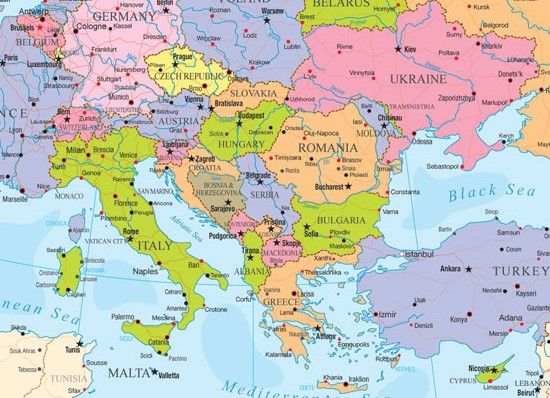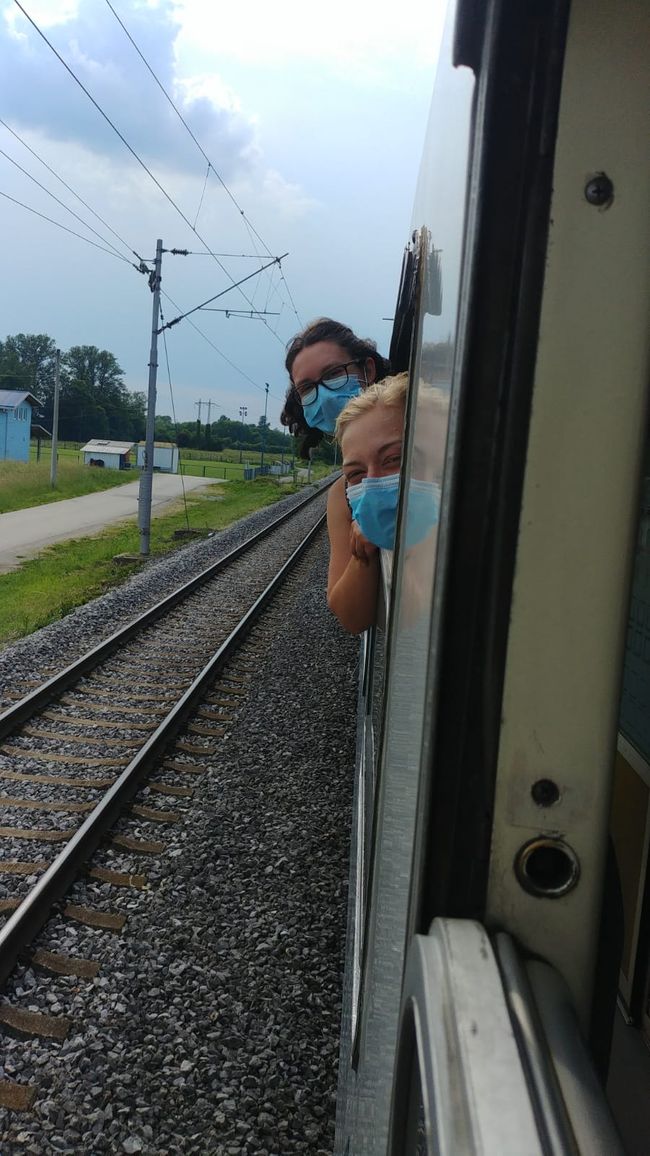
interrail-statt-transsib
vakantio.de/interrail-statt-transsib
Sofia - the metropolis at the foot of Vitosha (13th stop)
Hoʻopuka ʻia: 06.07.2021
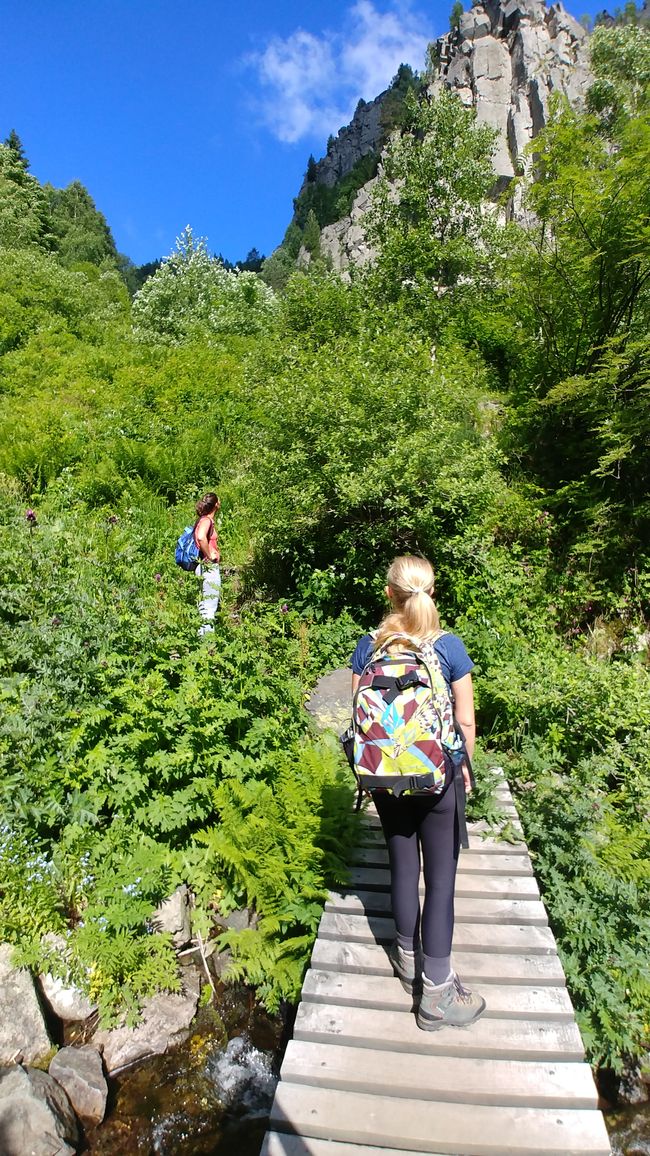
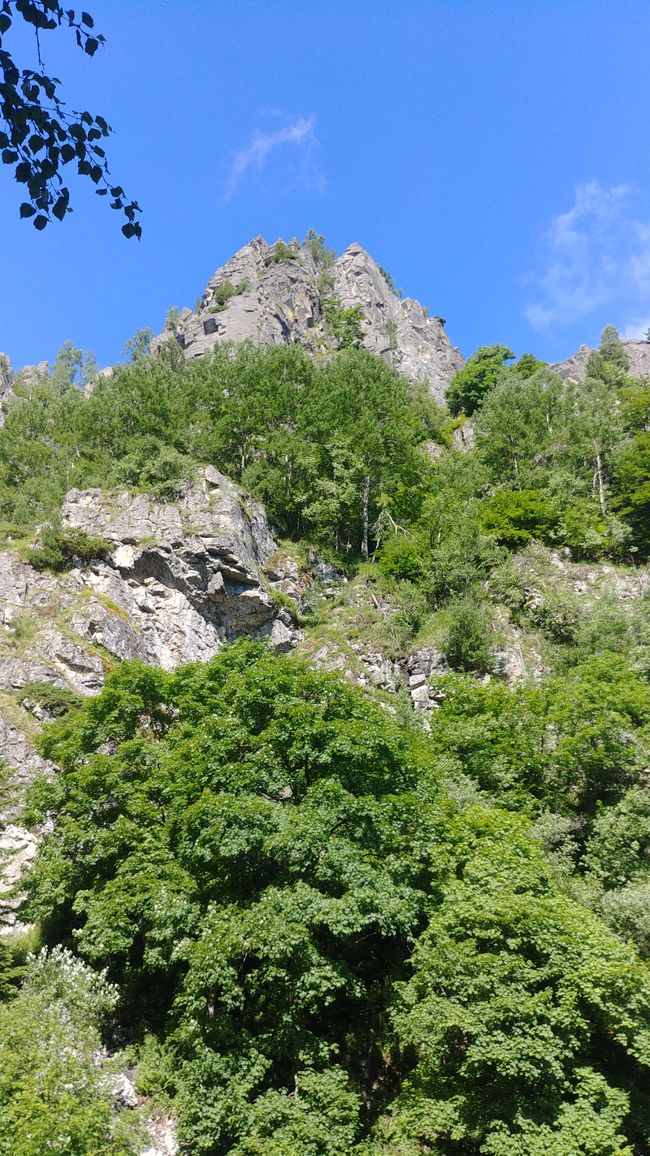
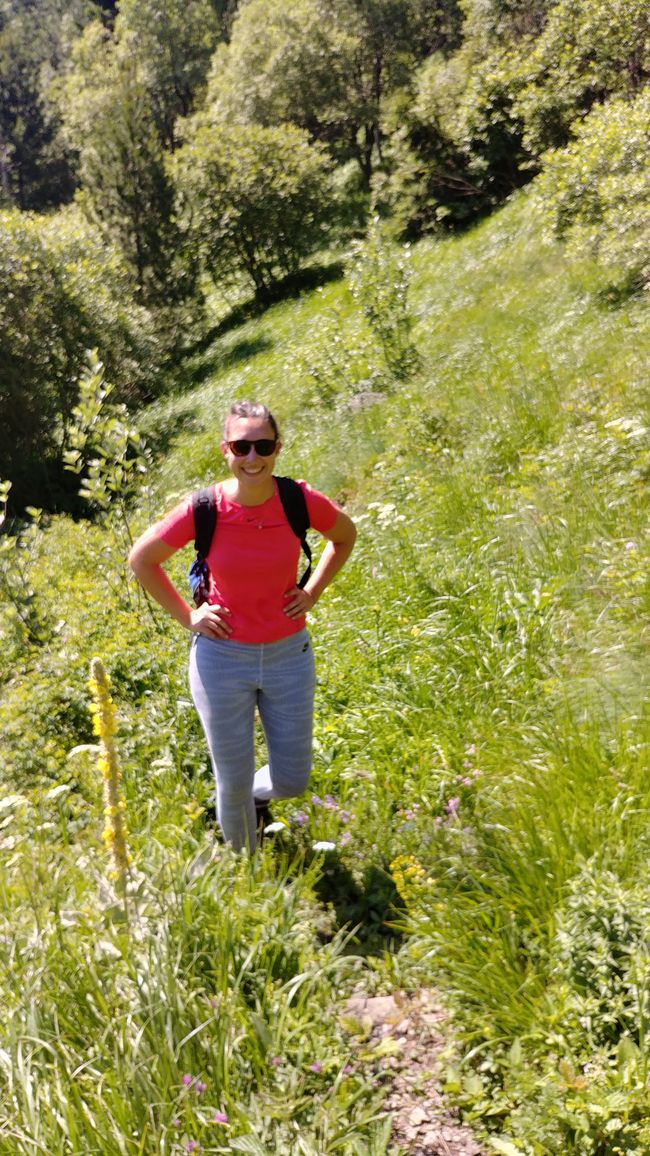
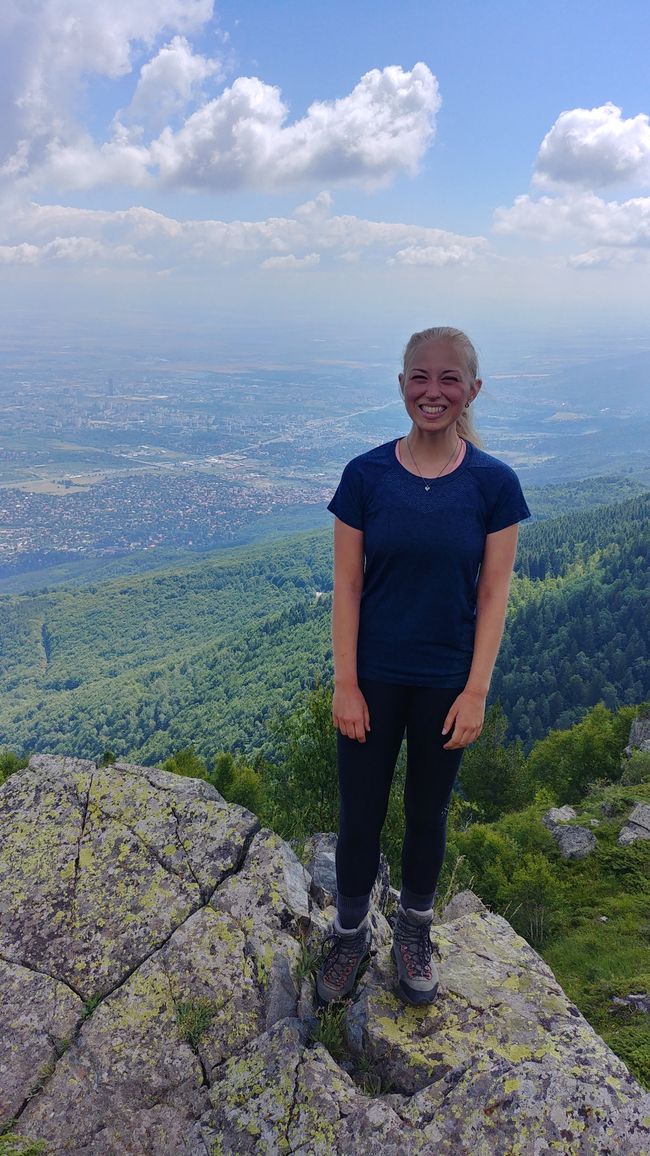
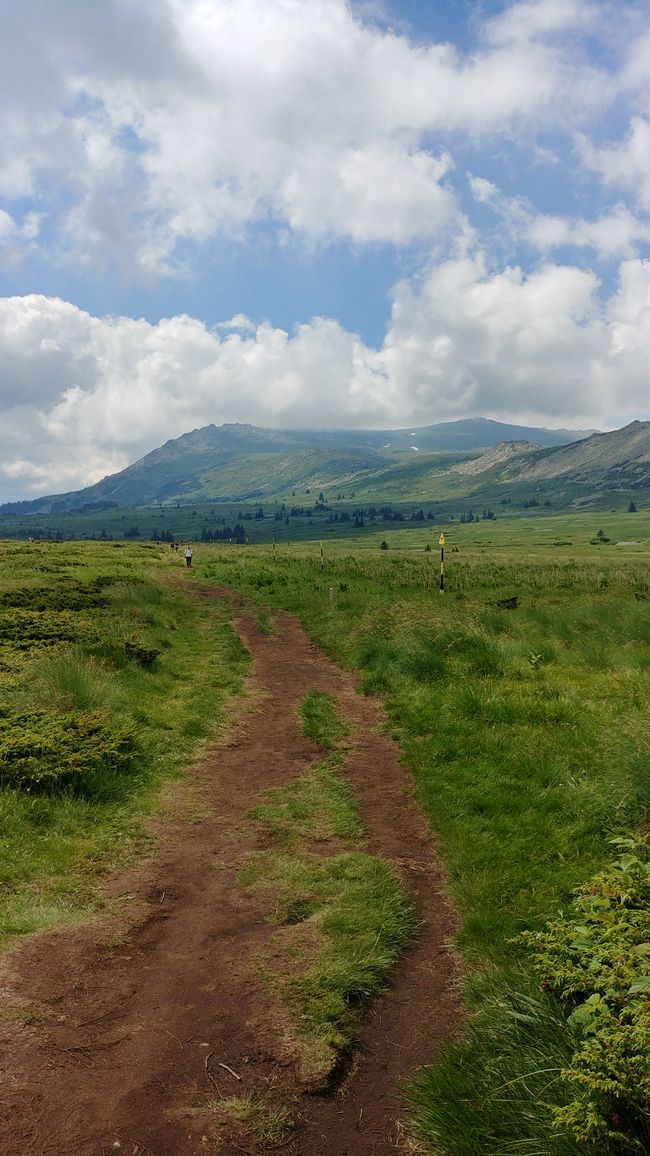
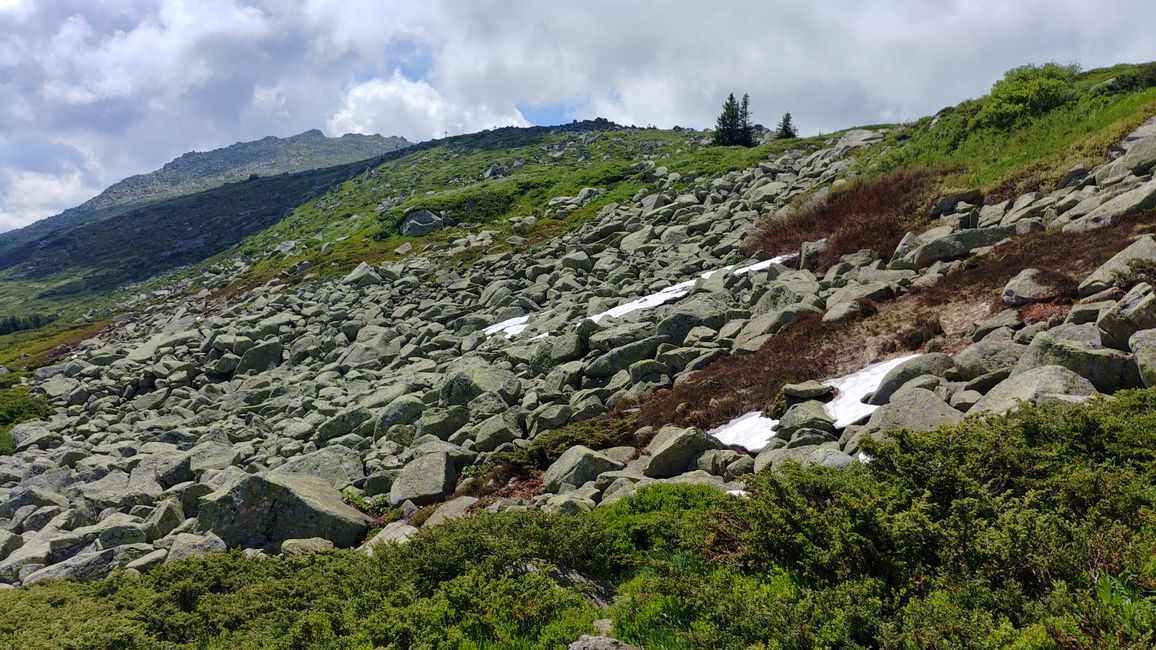
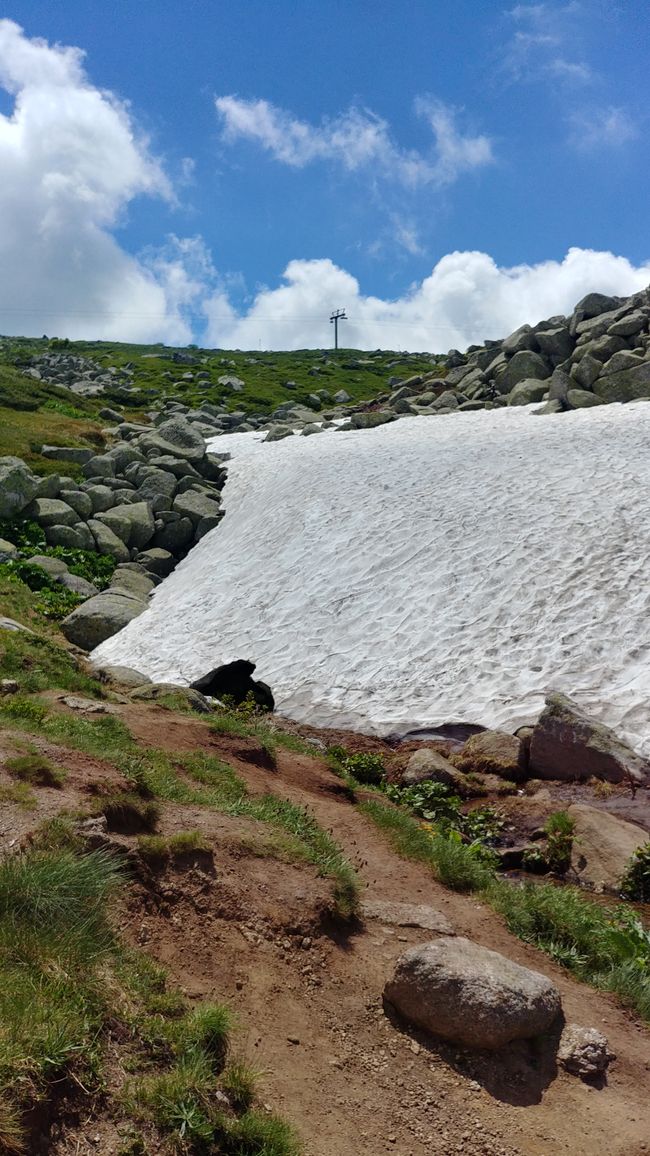
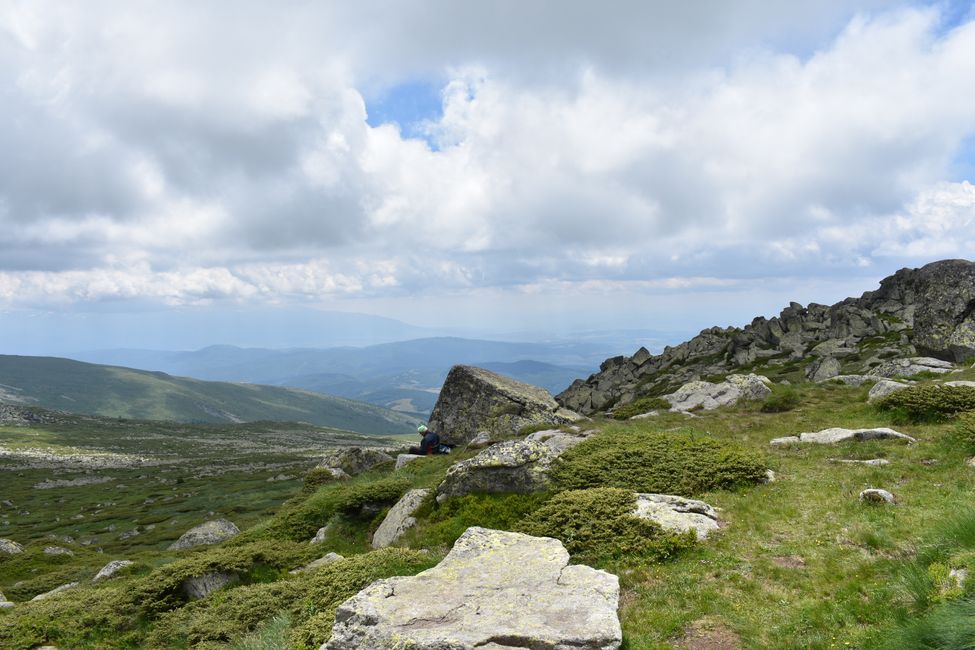
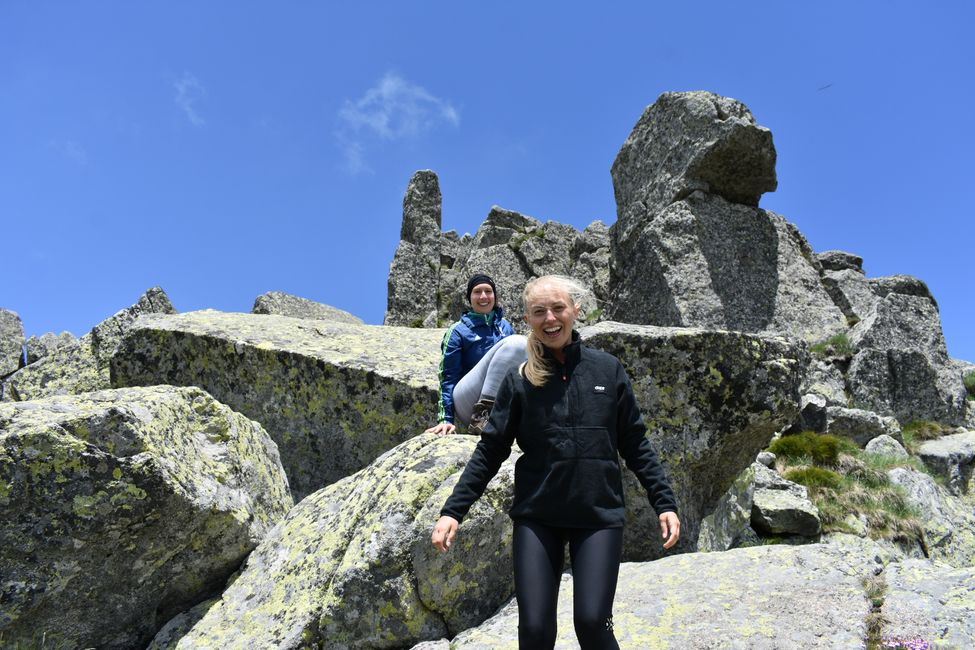
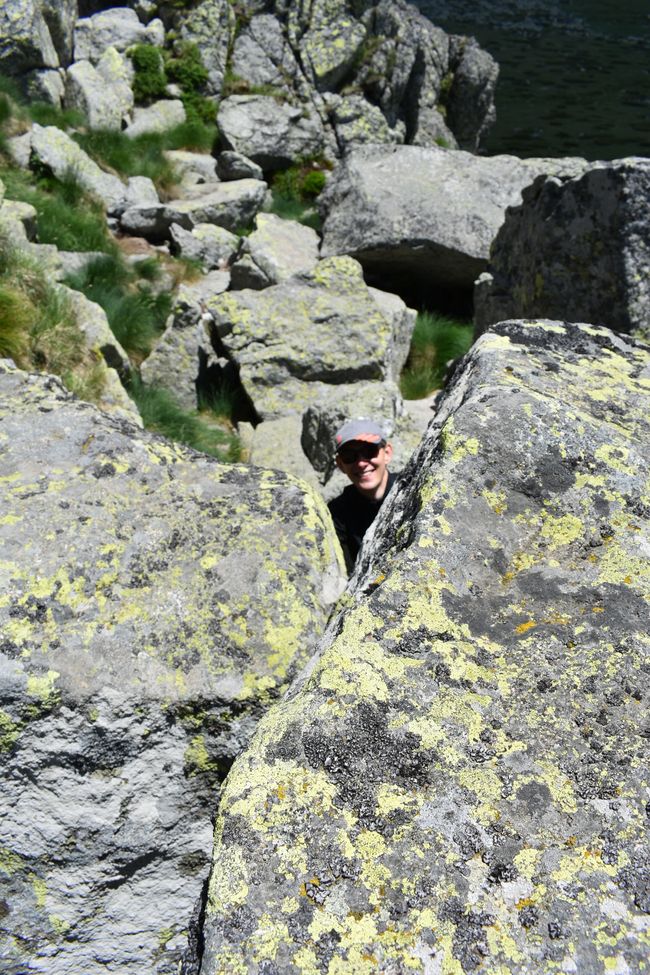
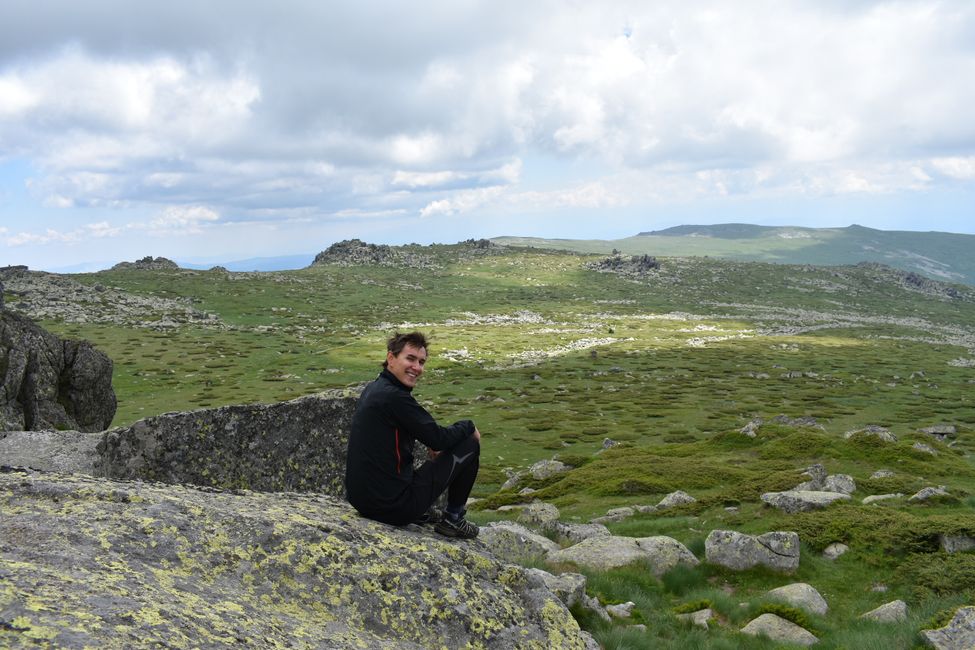
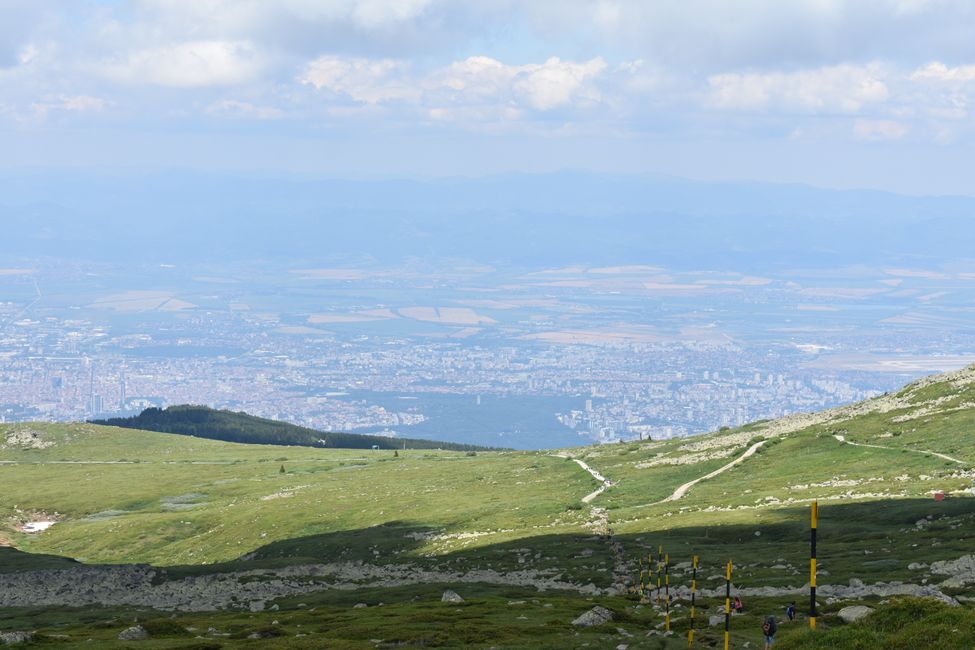
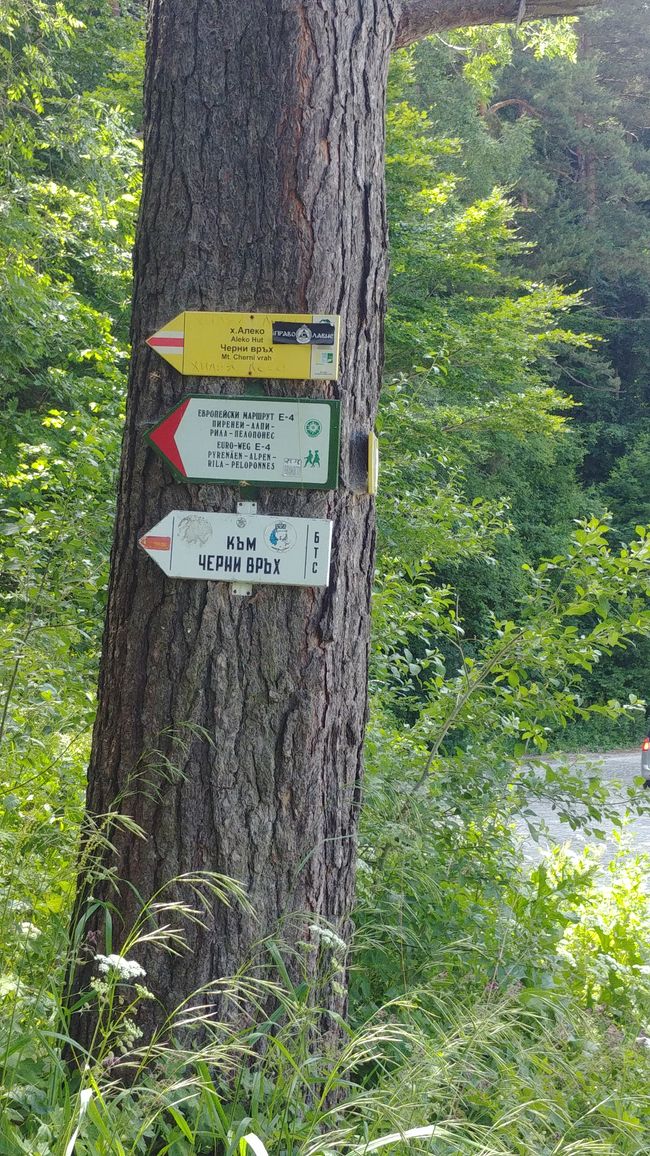
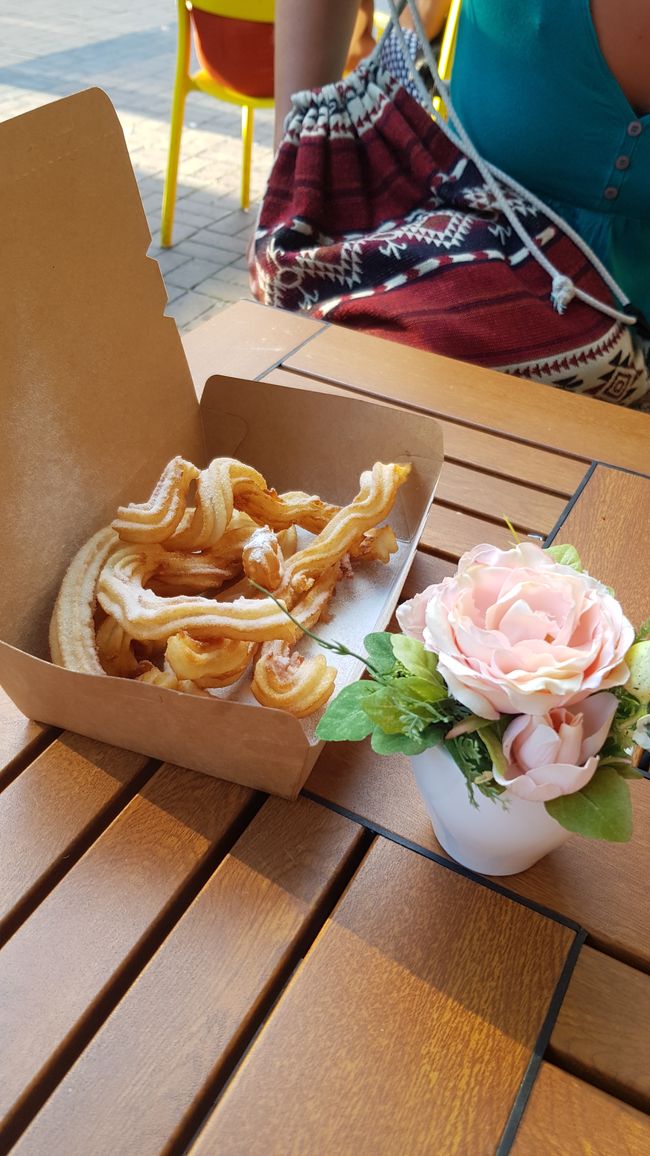
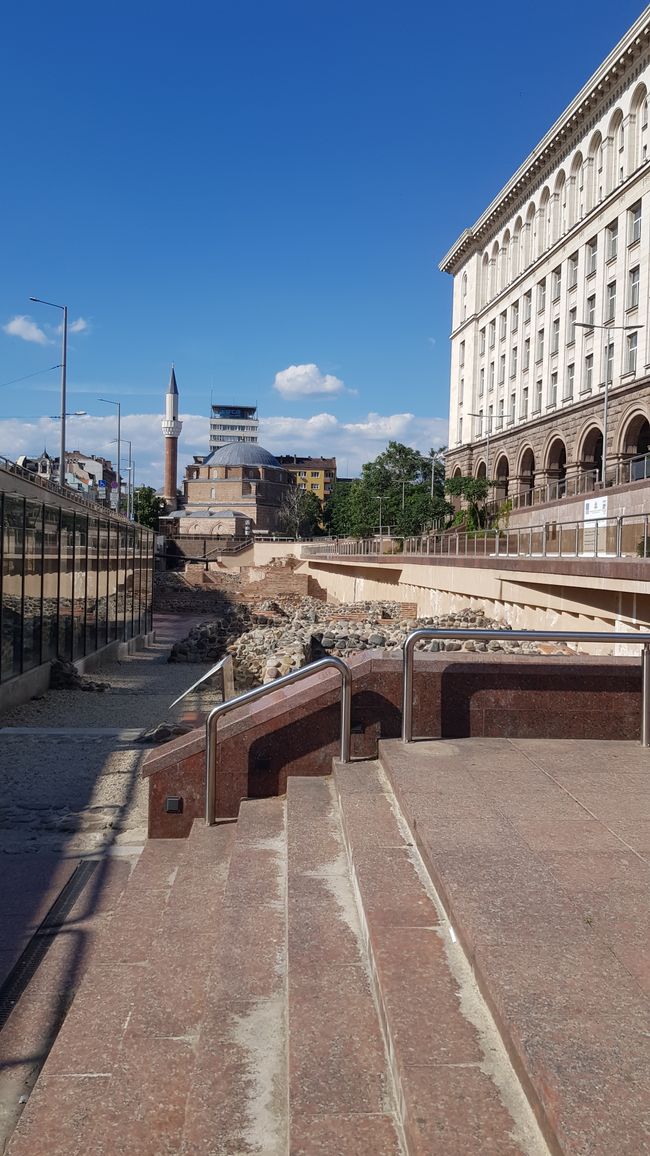
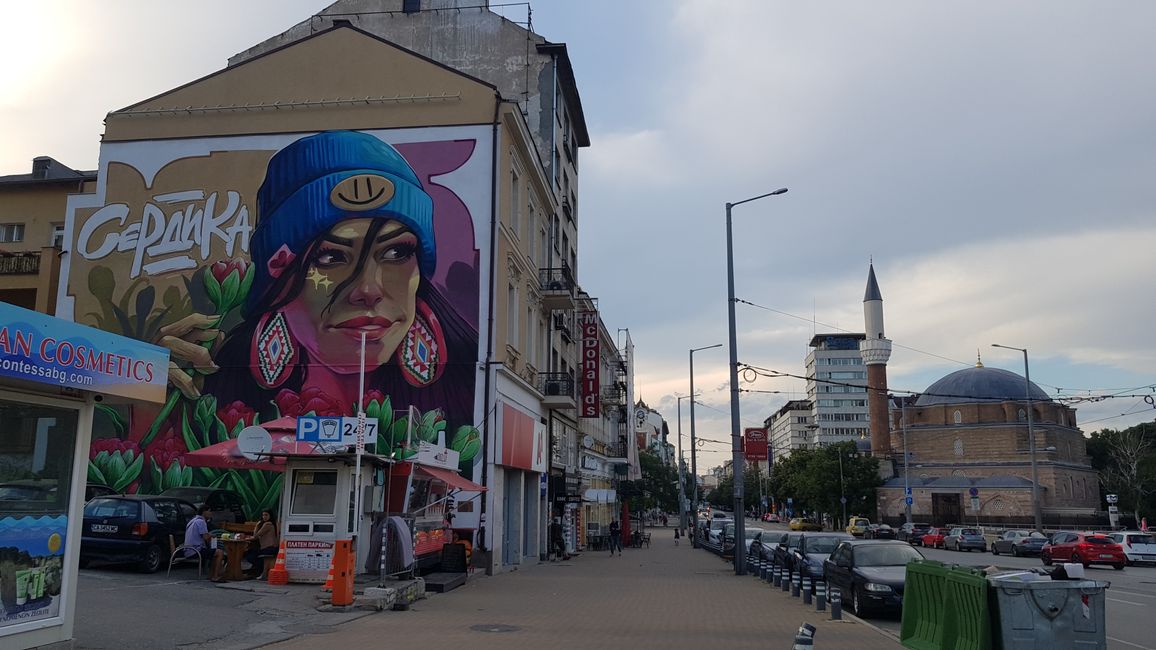
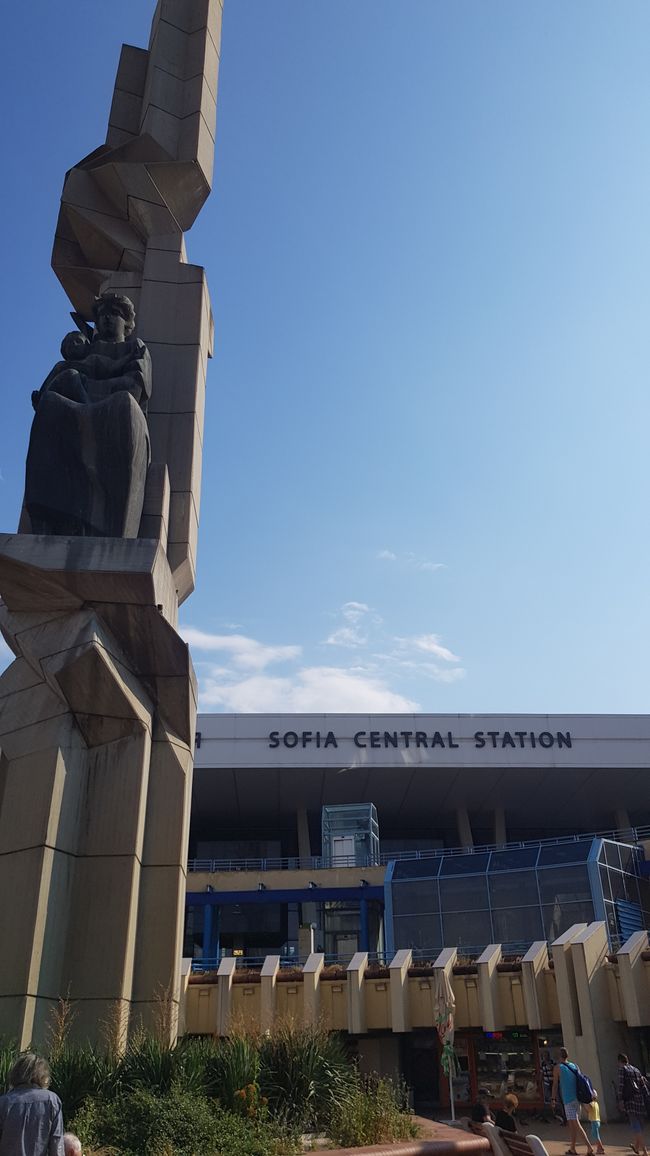
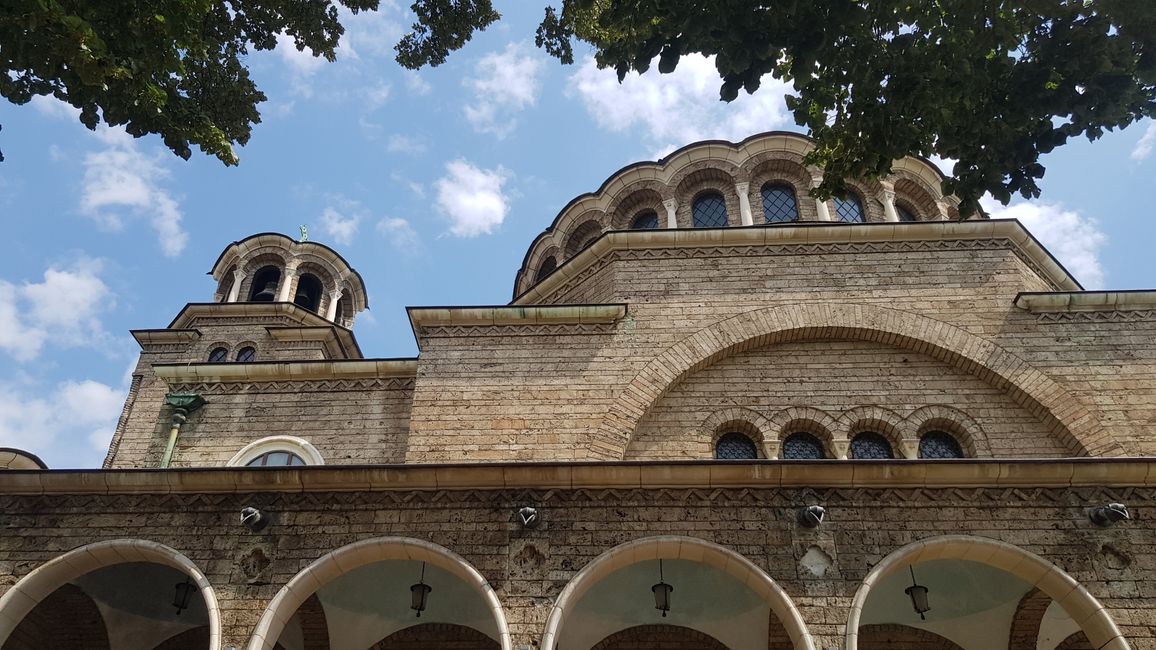
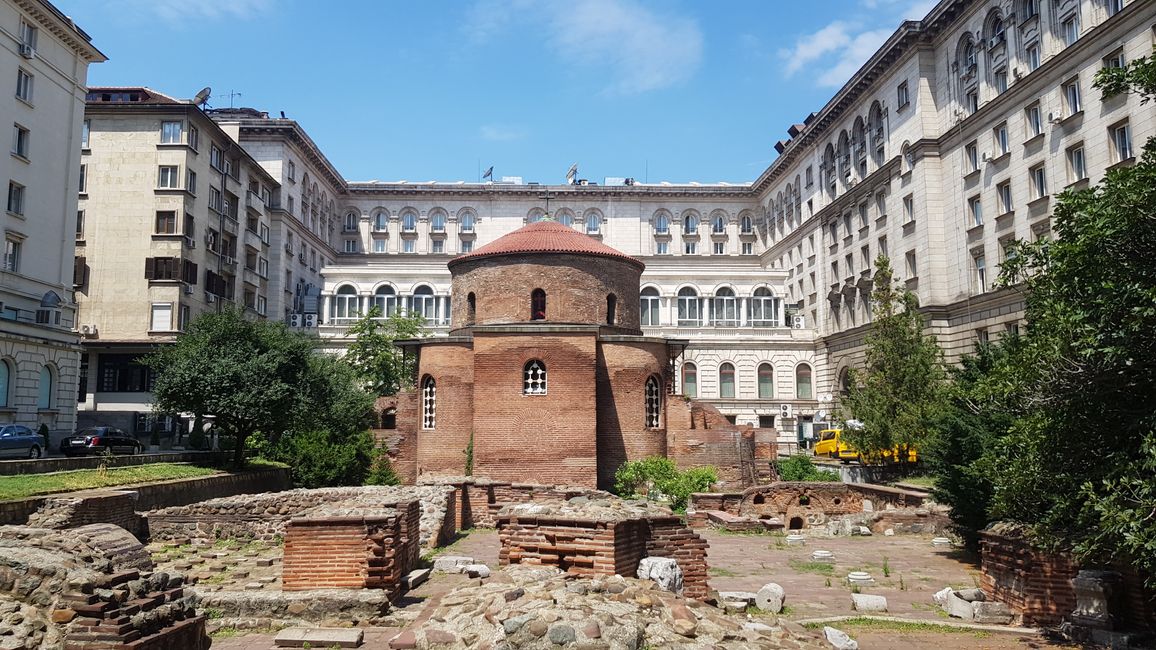
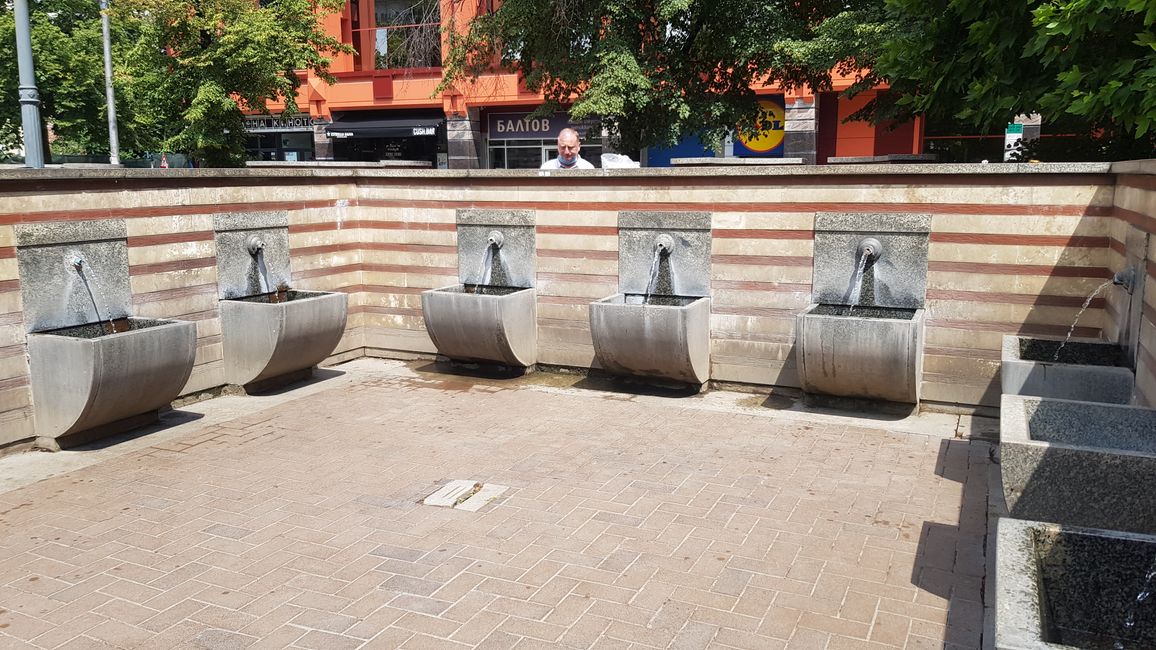
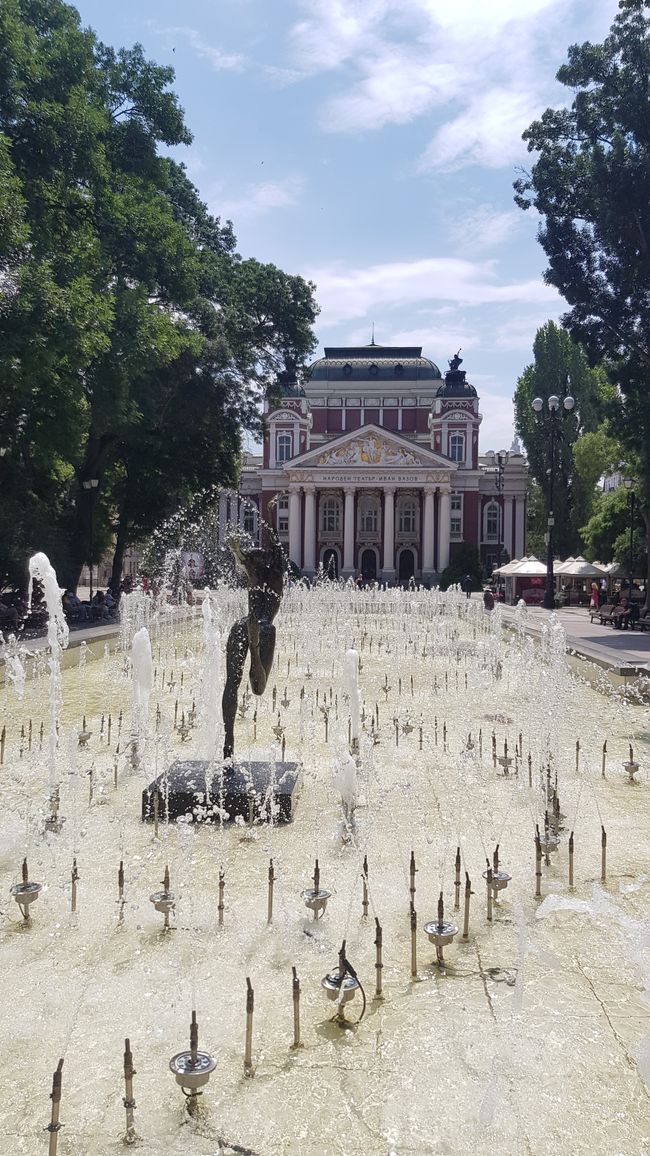
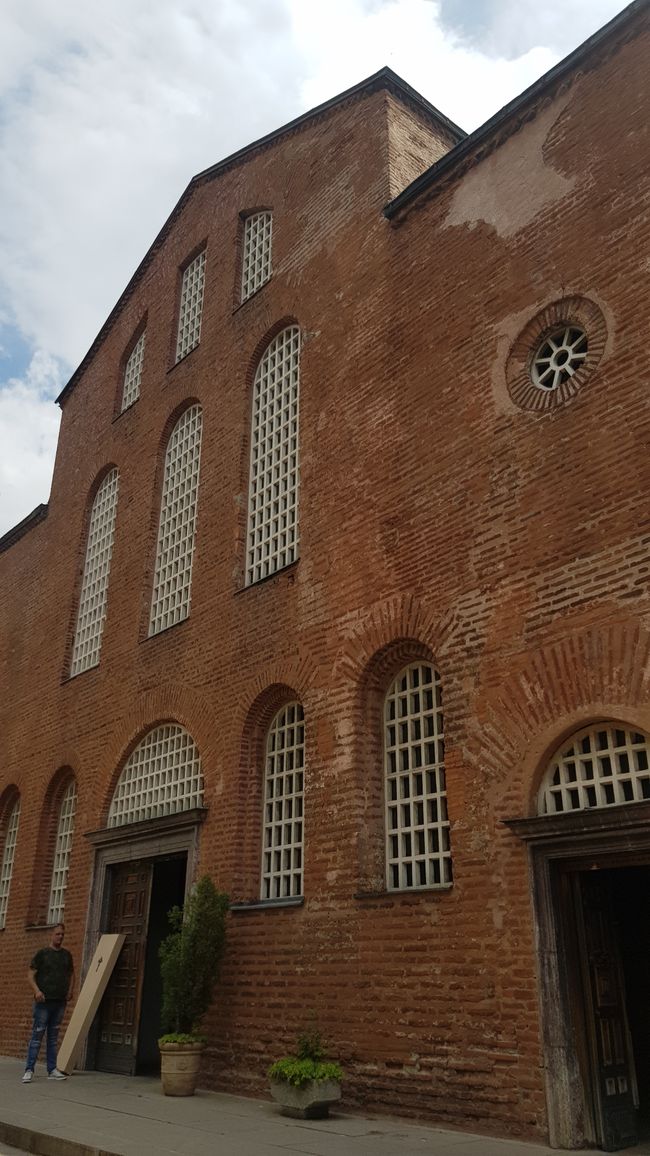
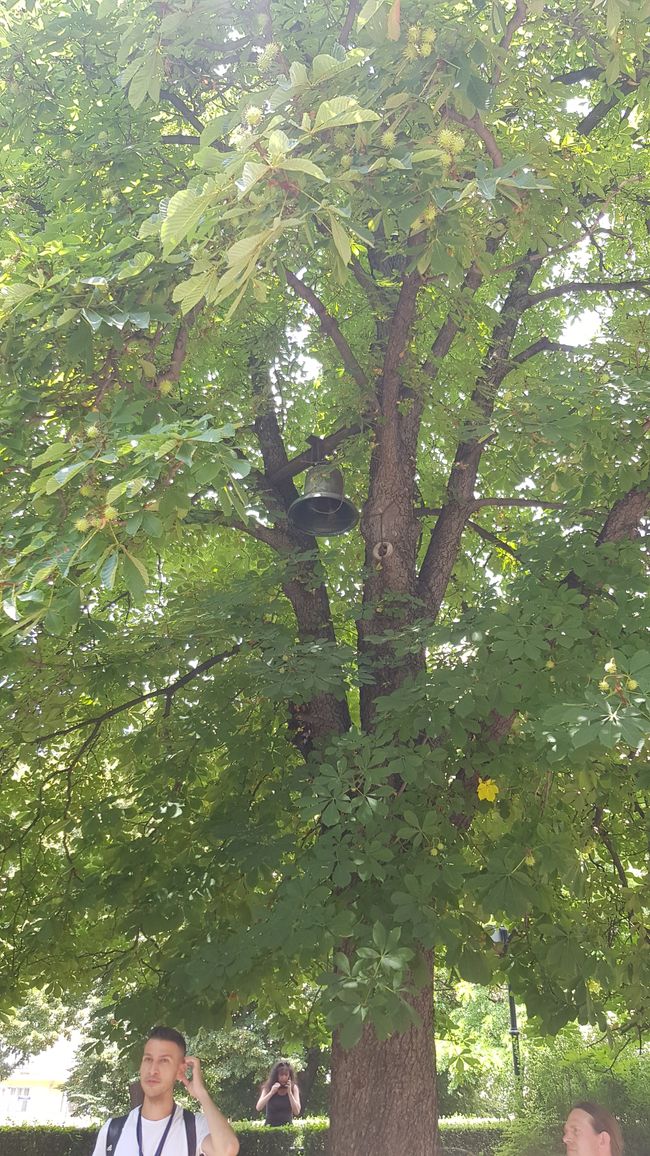
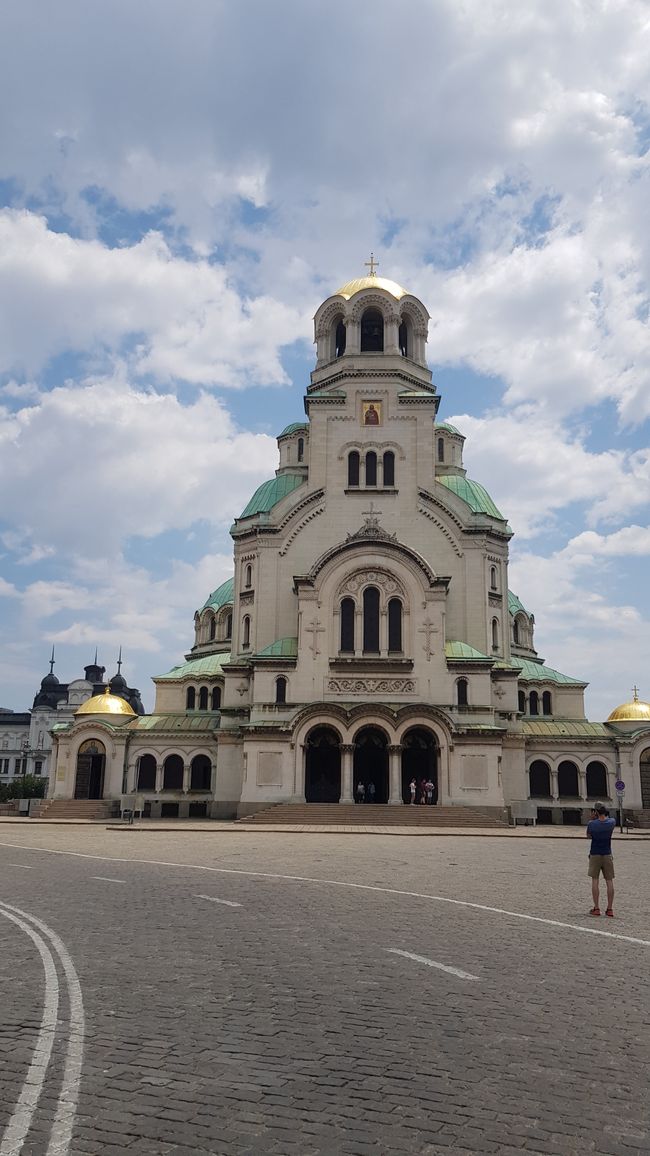
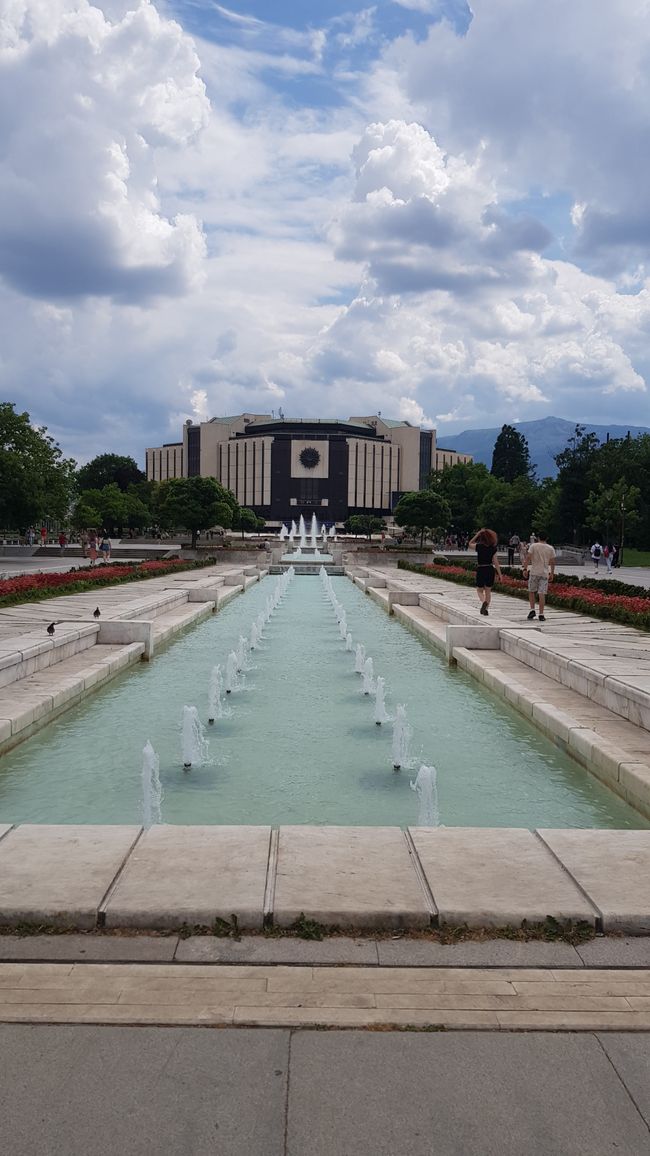
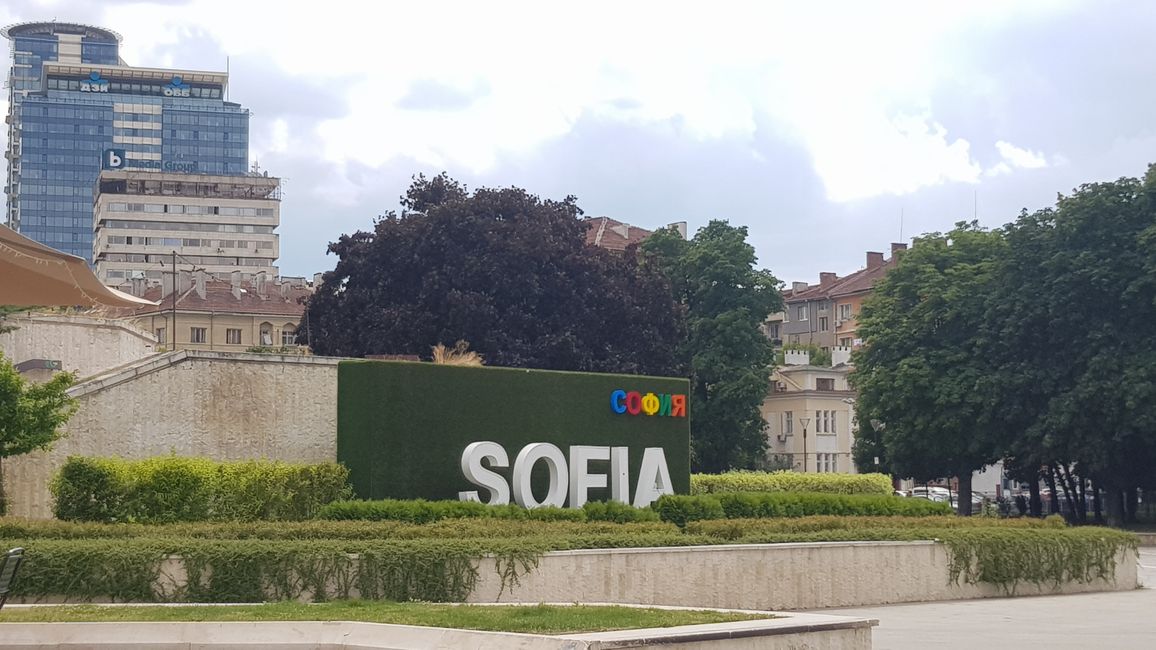
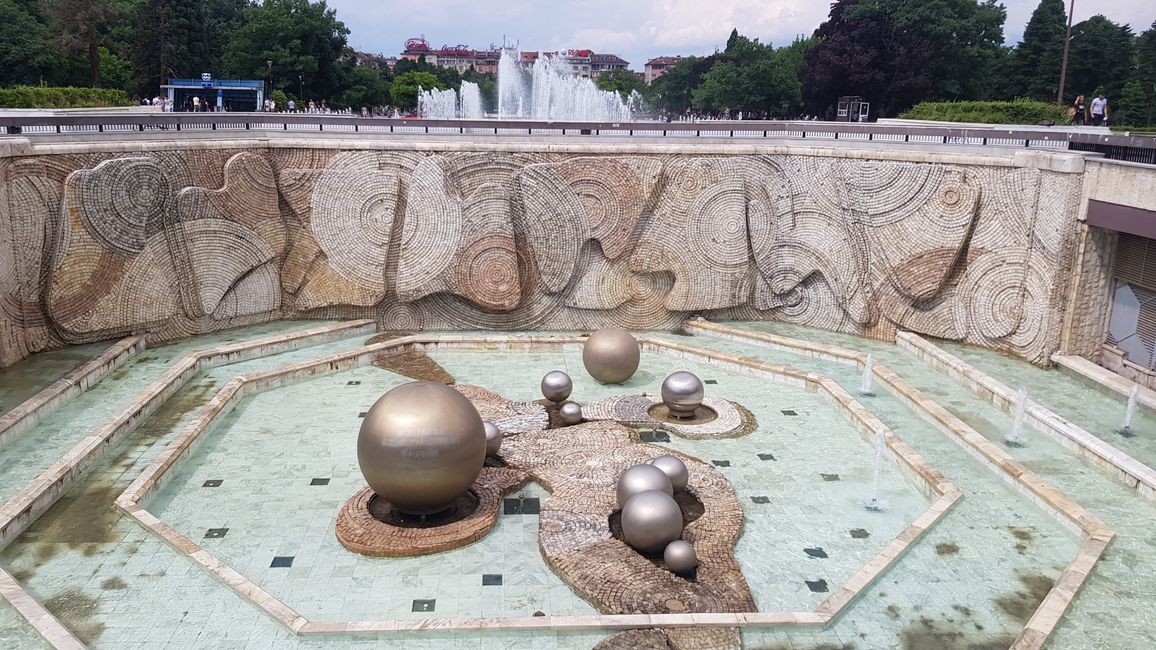
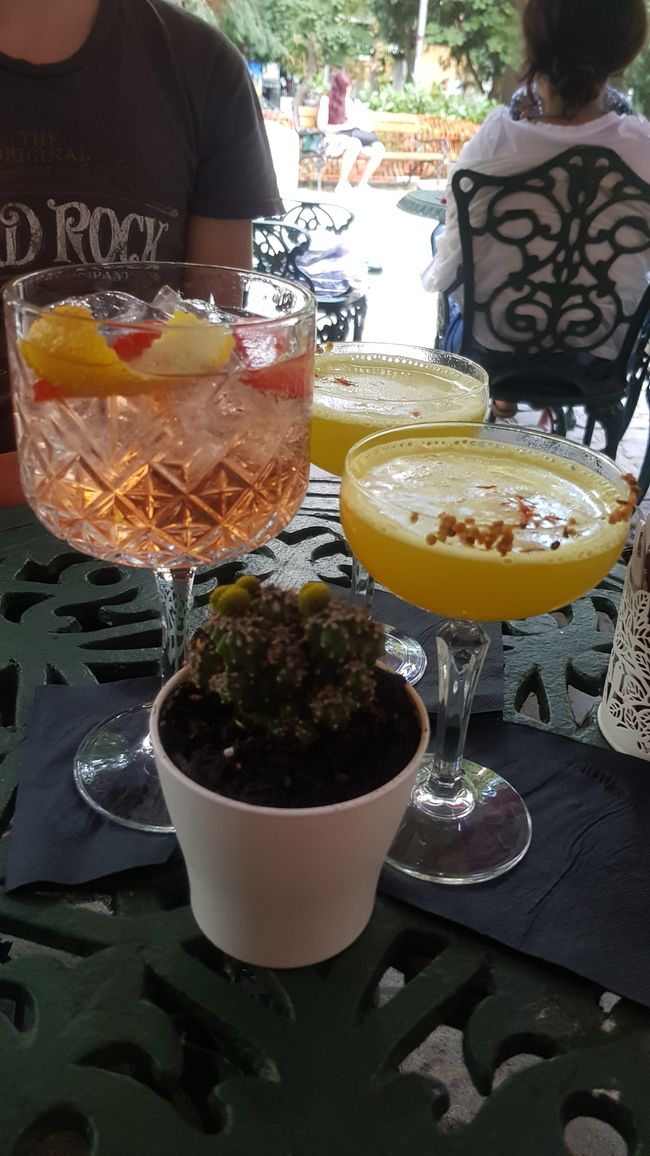
Kau inoa i ka Nupepa
But now we are really going to the capital of Bulgaria: Sofia. We spent quite a while researching how to plan our stay in Sofia. We definitely want to climb Mt. Vitosha, but also have enough time to explore the city. Furthermore, we need to figure out how and when both of us can continue to Skopje. There are buses that drive to various hiking trail parking lots from the city center in a relatively short time. On weekends, they run about every 30 minutes, but during the week only every 3.5 hours. Reason enough for us to decide to go hiking on Sunday. Babsi found a hike on Komoot with almost 900m of elevation gain, leading to the highest peak of the massif, Cherni Vrah (Black Peak).
In the morning, we get a day ticket for all public transportation at the metro station for only 4 leva (2€). The subway stations are impressive with their size and modern design. Babsi is immediately stopped by policemen at the first station because she took unauthorized photos. Oops. Strangely enough, the day ticket needs to be validated regularly at the counter, but otherwise everything works very well with public transportation. We arrive at the desired parking lot without any incidents. So, the hike can begin! We start on a narrow path through the forest until we encounter climbers on steep rock walls. It looks pretty cool. Our path becomes more difficult to navigate and climbs steeply to the left beside the rocks. This allows us to gain altitude quickly and soon we can look over the rock walls all the way to Sofia. We fight through tall grass and many colorful flowers. Higher up, the vegetation becomes alpine, with flatter shrubs and a wetter ground. The terrain also flattens almost suddenly. We take a little detour to a viewpoint and admire the vastness of Sofia. Shortly afterwards, we come across a significantly more touristy hiking trail. That surprised us a bit: it's quite busy here. We encounter a variety of people, from mountain runners to hikers to families and day tourists in high heels and dresses. How did they manage to get up here? A wide, paved path leads us across the vast high plateau towards the summit. But soon the gravel road turns back into a trail that winds its way up to the peak. There is also a shelter and several very large piles of stones at the top. We seek shelter from the wind behind one of these stone piles and have a snack. The best after a hike like this. On one side, we can look out over Sofia, on the other side, we see very high mountains in the distance, with clearly visible snow. We are glad that we are well equipped because it is very cold and windy up here. The way back is slightly shorter and sometimes runs along a cable car that seems to no longer be in operation. At least it looks very old and rusty. Back down, we read on a sign that we are on the Pyrenees-Alps-Rila-Peloponnese (E4) trail. But then the bus comes already and we sprint to the bus stop to make sure it takes us. We are super happy with our 15km hike.
Since we already have a day ticket, we drive directly to the bus station to find out about connections to Skopje. More difficult than expected. We visit various bus companies, but none of them go to Skopje. Oh dear. Instead, we read on every other window that there are buses to Istanbul. After a longer search, we find a distributor of bus trips to Albania that also stops in North Macedonia. The only problem is that the buses only run on Mondays and Thursdays at 3 p.m. It's Sunday evening and we haven't seen anything of Sofia yet. We decide to think about it over dinner because we really need a shower first. Once refreshed, we visit a small vegan fast-food restaurant. After a short time, we make the decision: we will go to Skopje on Thursday and take the bus to Istanbul tomorrow evening. How exciting! We consider going to the Red Flat, an interactive museum about life during the communist regime, but unfortunately realize that we missed the opening hours (Sat, Sun from 10:30 a.m. to 6 p.m.). Too bad! Instead, we stroll around the pedestrian zone a bit more, we really like the atmosphere there.
The next morning, we immediately set out to buy our bus tickets and store our luggage. There is a 24-hour luggage storage service at the Central Bus Station. Very convenient! It takes a bit of time to buy our tickets at the different counters, but then we are ready to explore Sofia. The free walking tour is the largest one we have participated in so far, and even our tour guide is enthusiastic about the many interested people. It is also the largest tour since the beginning of the pandemic. We start at the Palace of Justice. Some people have set up their tents there to protest against the corrupt prosecutor. There will also be elections soon, as a government formation failed in the spring. It will be the first completely electronic election in Bulgaria. We first stop in front of St. Nedelya Cathedral. We get an overview of Bulgaria's and Sofia's history, from the Greeks and the Romans to the first and second Bulgarian Kingdoms, the Tsardom, the communist regime in the Warsaw Pact, and today as a democratic state, a member of NATO and the EU. At the church, he tells us about the terrorist attack in 1925, in which the entire church roof was blown up. Over 120 people, mainly from Bulgaria's political and military elite, were killed in the attack and about 500 were injured. The goal was to eliminate the leading Bulgarian politicians and generals at once to prepare for a takeover by the communists. However, the attack missed its target: Tsar Boris III survived. The attack had terrible consequences for many people afterwards. Next, we stop in front of a tall column with a bronze female statue on top. Our guide explains that it was only erected in 2000. Many people mistakenly think that the name of the city is derived from it. However, the city was named after St. Sophia Church. The name of the church translates to 'holy wisdom' and is also not derived from a person. Not only for this reason, the statue is rather unpopular in the city, also because it has very feminine curves. The Orthodox Church didn't like that so much.
Sofia doesn't have a proper old town, but what distinguishes it is the interplay of different centuries. We stand in a square next to the Serdika subway entrance, where this is clearly visible: excavations of Roman walls from the 4th century stand next to a small church from the 14th century, opposite is a mosque from the 16th century, behind us rises a building from the time of the communist regime, and on the other side there is a McDonald's with a street art facade. A few steps further up, we find ourselves on the so-called Axis of Tolerance, as four places of worship from different religions stand close together. Our guide also tells us that this tolerance is expressed in the following circumstances: after Bulgaria joined the Axis powers in World War II, the deportation of Jews was also demanded of them. Due to the strong support in the population, the government kept postponing these deportations, saving many lives in the process.
The guide takes us to his favorite place in the city - the natural springs. We find it fascinating that Sofia became a metropolis even though there is no major river flowing through it. This is explained by its location at Mt. Vitosha and the 42 natural water springs, which are naturally surrounded by some myths. The water is warm, but tastes much better than the tap water in the hostel. And it is said to have healing powers. And help with heartbreak. Of course, what else. ;)
Near the former Royal Palace, we come across yellow cobblestones. The king had them installed to give the city something special. However, the city residents hate this surface because it becomes very slippery, especially when it rains (as we will experience ourselves later on). Our second-to-last stop is at St. Sofia Church, which almost disappears next to the largest Orthodox church in Bulgaria, the Alexander Nevsky Cathedral. They apparently also forgot to install a bell, which is now hanging in a tree in front of the church.
As an important side fact, we learn why Bulgaria actually uses the Cyrillic alphabet: it was actually invented there. The people in Bulgaria are also very proud of this, as the script is now used by several million people. By the way, we are also getting better and better at reading this script, which we are very proud of. After the tour, we are recommended the National Palace of Culture, which is located in a park at the other end of the pedestrian zone. There are several fountains in front of it, but we are not really impressed by the building itself. We decide to sit in the park and write our blog until we are caught in a heavy rain shower. Completely soaked, we seek shelter in the subway station, which also has a large fountain on the mezzanine level. Where there's a will, there's a way. XD
Because it is Lukas' last evening, we go for a nice dinner in the pedestrian zone and then sip a cocktail at 'The Cocktailbar', which is located very cutesy in a small courtyard. In the end, we have to hurry to catch our bus to Istanbul on time. We are already very excited. Lukas accompanies us to the bus and we say goodbye. The second month of our trip begins, we are curious about what awaits us next!
Kau inoa i ka Nupepa
Pane
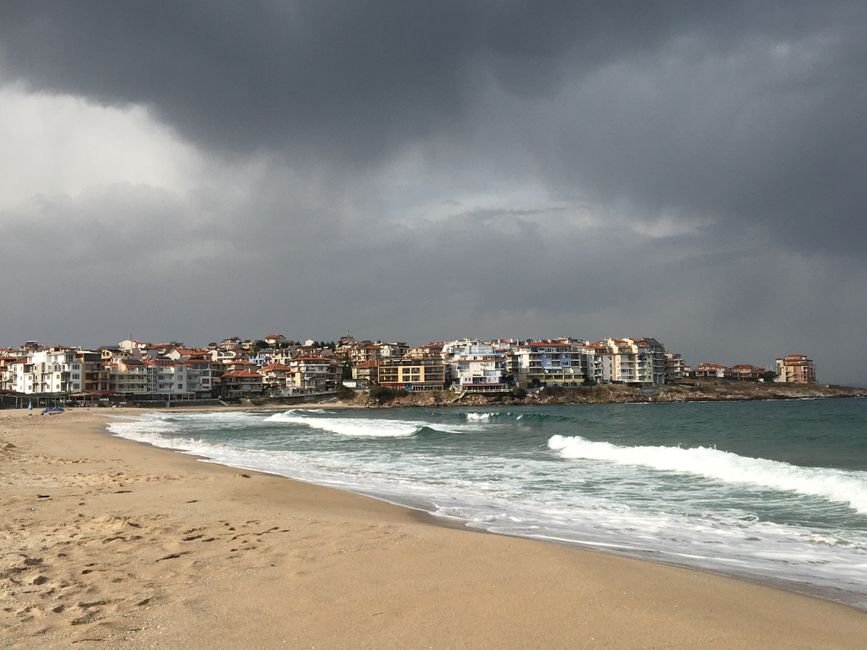
Hōʻike huakaʻi Pulukalia
